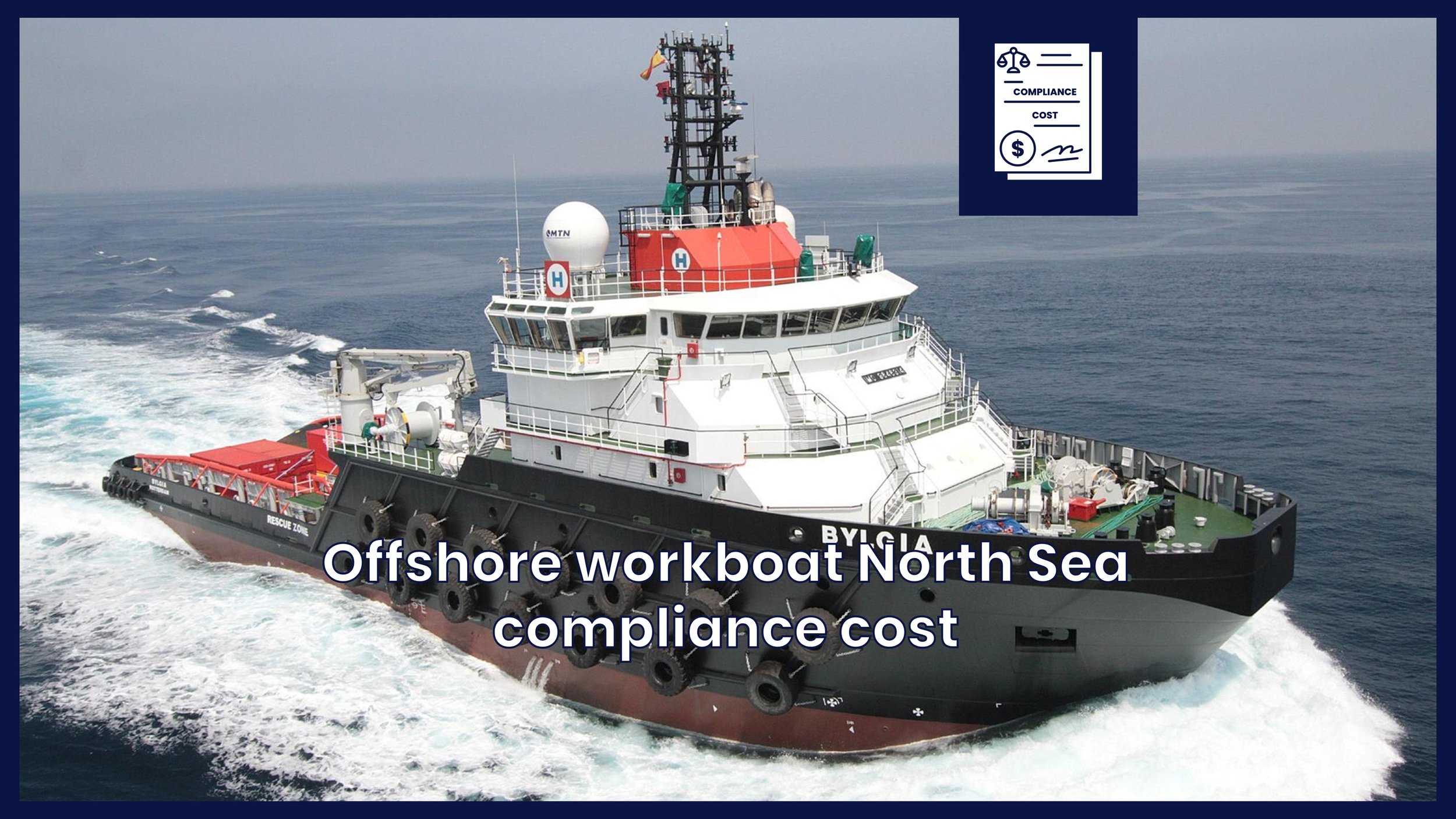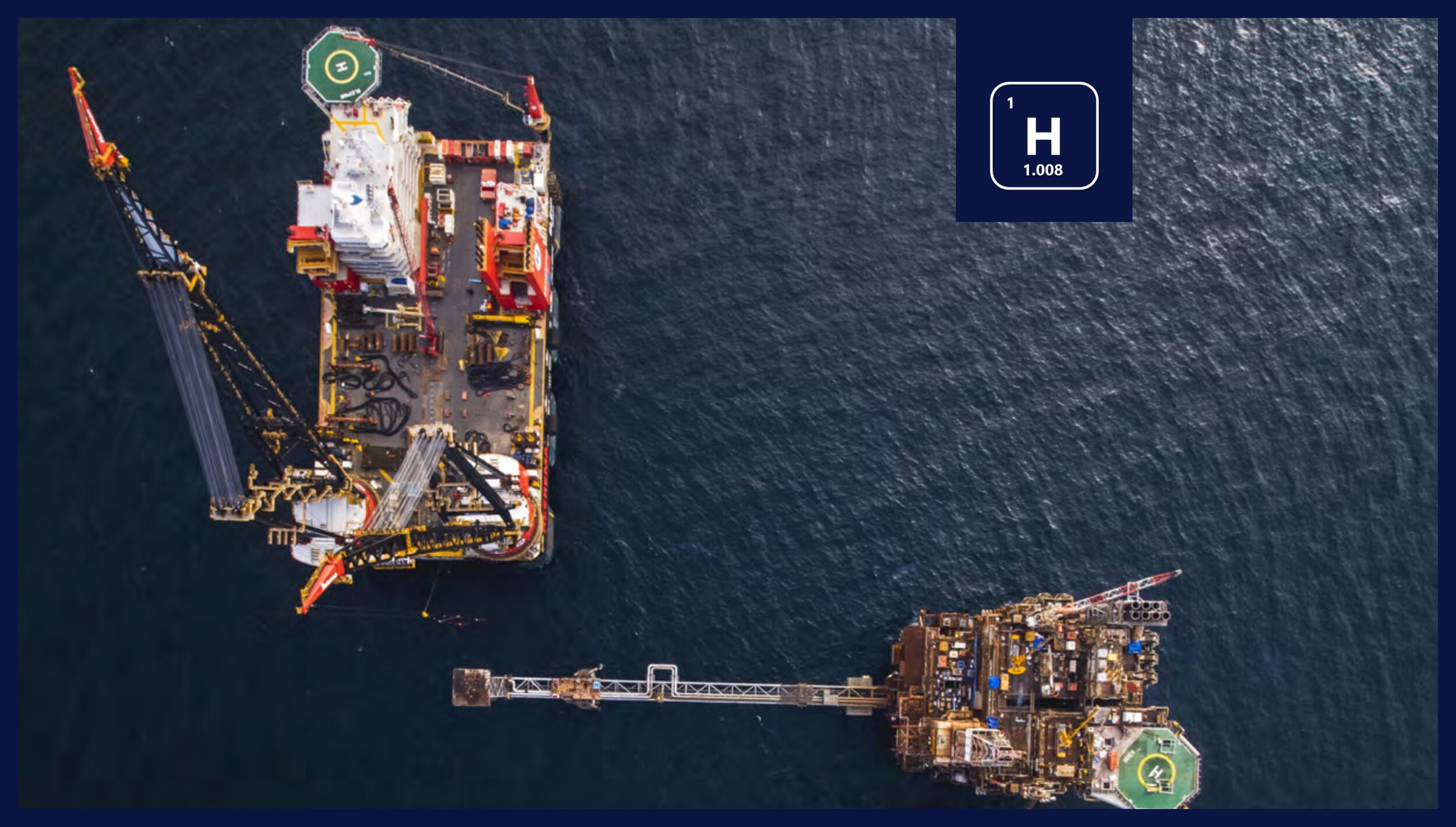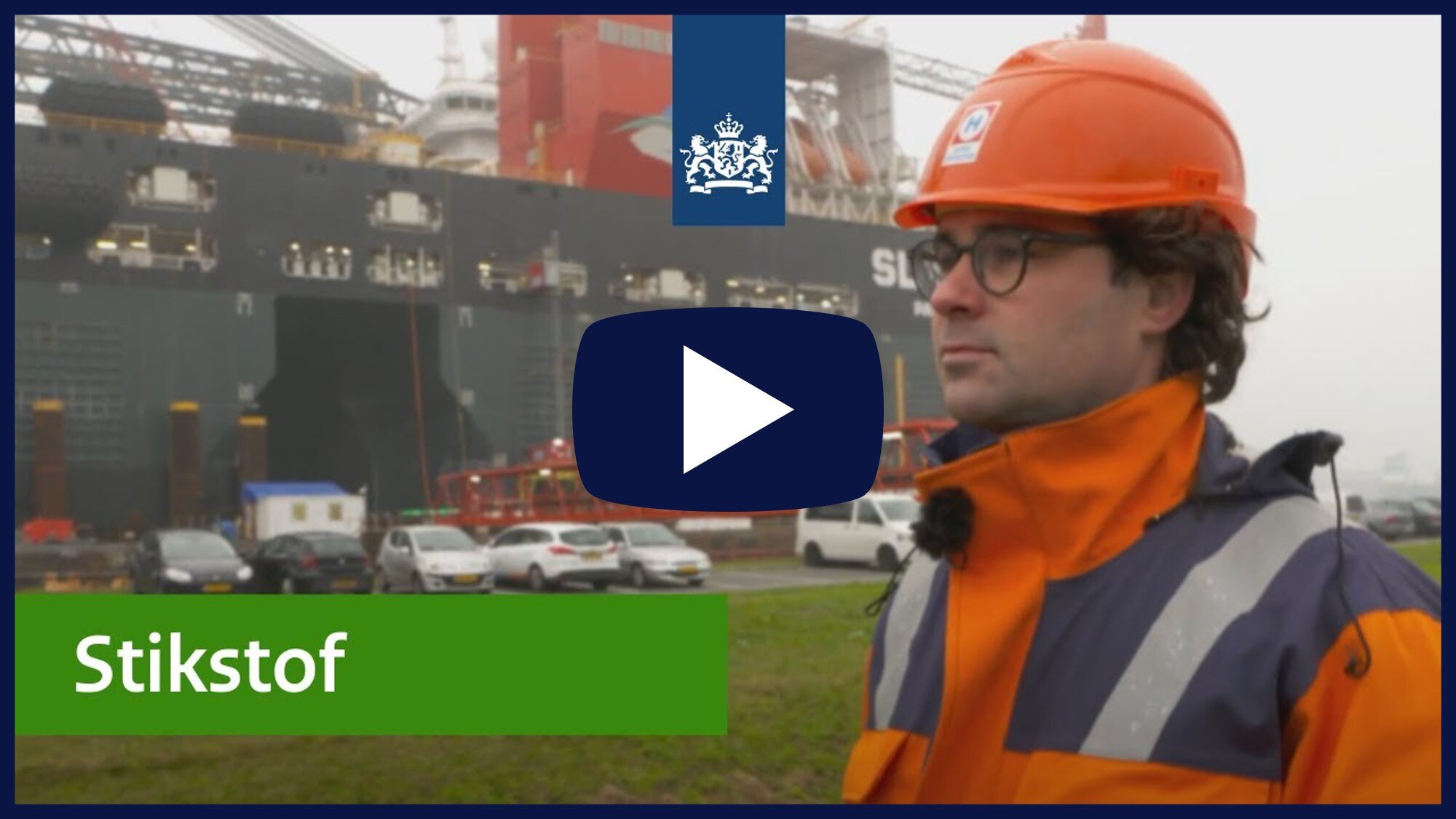Netherlands
Dutch maritime sector aims for zero emissions by 2050 (approximately)
NOx emissions can be tricky, HBEs are an excellent opportunity to make money with shore power
Governmental Rules and Regulations
The Programma Aanpak Stikstof (PAS) is a Dutch law that strictly prohibits the deposition of NOx on environmental protection areas in the Netherlands. Impact on maritime operations can be severe - in particular for wind farm construction - required 80% NOx reduction on top of Tier III restrictions. Learn more about PAS here.
Energy Majors, Ports and Companies
Port of Amsterdam has the ambition to become carbon neutral by 2050 but plans on a zero-emission zone of the inner city by 2025. Learn more about Port of Amsterdam’s sustainable ambitions and shore power here.
Shell has the ambition to become carbon neutral by 2050. Learn all about the targets and ambitions of Shell with regards to maritime sustainability.
Learn all about Port of Rotterdam’s sustainable ambitions, in particular with regards to shore power.
Frequently Asked Questions
-
Wie is de beste? Jij!
Stories
Operating an offshore workboat in the North Sea area until 2050 will impose significant financial and operational pressure due to tightening environmental regulations and mounting compliance obligations. Modelling of compliance costs shows a clear tipping point in 2040, with FuelEU Maritime becoming the dominant driver, although FuelEU currently applies to vessels above 5,000 GT only. Results for a large offshore workboat operating year-round in the North Sea show that the maximum projected cost exposure could reach up to $250 million between now and 2050.
This is a case study on the ‘Skoon Skipper’, a general cargo large Rhine vessel, with an average of 40 [kW] power demand while moored to which a shore battery is applied. Batteries can help you comply with shore power regulations where no infrastructure exists with limited to no CAPEX investments. CAPEX is €0 for this case study as the battery pack is rented at an estimated €400 dayrate. Purchase cost for battery pack are approx. €350.000. This case study is powered by our preferred partner Skoon.
This is a case study of a trailing hopper suction dredger with 14MW installed power - the ‘Happy Hopper’ - which is converted to methanol combustion. This case study is inspired by the amazing work done by Van Oord. With the given assumptions on emission factors for methanol, 93% CO2 reduction is achieved. CAPEX for a methanol refit of this size is approximately €6M+, of which roughly €5M is intended for engine refit only. OPEX will be greatly increased unless methanol price is below €500 per mT.
This is a case study on how to decarbonize a ro-ro passenger vessel by applying Ecospeed to its hull. Ecospeed is a hard, non-toxic coating which provides long-lasting protection for all ship hulls. The hypothetic vessel is called ‘Lady Ice Cold’, a ro-ro operating in North-Western Europe with 33 MW installed engine capacity. Ecospeed reduces carbon emissions by 9% - 16% with a total CAPEX of €390.000.
Join Bram van den Boom as we learn the benefits of using Smart Vessel Optimizer, an analytics tool that offers performance dashboards to increase operational efficiency. No need to change your systems; it makes use of already existing but many times unused signals installed on board. The more vessels that you have connected, the better your insights.
Join Martijn van Ruiten as we discuss Ecospeed, a proven, non-toxic, cost-effective alternative technology for underwater ship hull protection and biofouling control. It can save up to 10-25% of fuel consumption and emissions, some specific cases even claim a reduction as high as 40% or more.
Reducing carbon emissions in the shipping sector can be hard and expensive. Carbon insetting is a way to compensate for emissions that you are unable to mitigate within your normal operations - or are too costly to mitigate - but can be mitigated at other places in your fleet or the sector. Carbon insetting is simple, scalable and perhaps most importantly: almost all vessels can do it without the need for retrofitting or upfront investment costs.
This thesis performs a technical, economical and environmental feasibility study of three dense hydrogen carriers as a fuel to power the largest semi-submersible offshore crane vessel in the world – Heerema’s Sleipnir.
This thesis by J.M. Rozendaal at van Oord focuses on the technical, environmental and economic impact of a methanol hybrid power plant design for new-build offshore working vessels. Its conclusion is that a methanol solution has a CO2 reduction potential up to 99% and a CO2 price of 78 euro per ton CO2 reduction.
In deze videoreportage vertelt Hedzer Keulen van Heerema Marine Contractors hoe zij met walstroom de stikstofuitstoot te verlagen en CO2-neutraal willen zijn.
This is a story about how the shore power connection for Heerema in the Port of Rotterdam was realized from idea to reality. It is told from the perspective of Heerema, but could not be realized without help from Eneco, Siemens, Port of Rotterdam, the City Council of Rotterdam and InnovationQuarter. This story portrays the power of open collaboration for a sustainable future, and shows what can be achieved when working together on a common cause.
How a single project from Heerema - made possible by Sustainable Ships - kicked shore power developments in Rotterdam into high gear and led towards the Rotterdam Shore Power Strategy.
This blog sketches a vision on how to convert the largest crane vessel in the world - Sleipnir - owned by Heerema Marine Contractors, to a zero-emission vessel. Several promising carbon reduction measures are combined which are technically viable and based on matured technology including electrification and BES, solar panels, synthetic fuels, CCS and possibly hydrogen combustion.
The first ever shore power connection for the offshore industry, made possible by Heerema and Mr. Sustainability.
Stena Line realized a shore power connection for sea-going ferries of two times 3 [MW] in Hoek van Holland in 2012.




















In the Netherlands, ‘Renewable Fuel Units’ (HBEs) are an economic incentive to gradually expand the use of green energy in transport and the reduction of greenhouse gasses. Fossil fuel producers are required to purchase HBEs from green fuel producers. The market is controlled by the Dutch Emission Authority. You can make up to €0.20 per green kWh sold. Learn more about HBEs here.